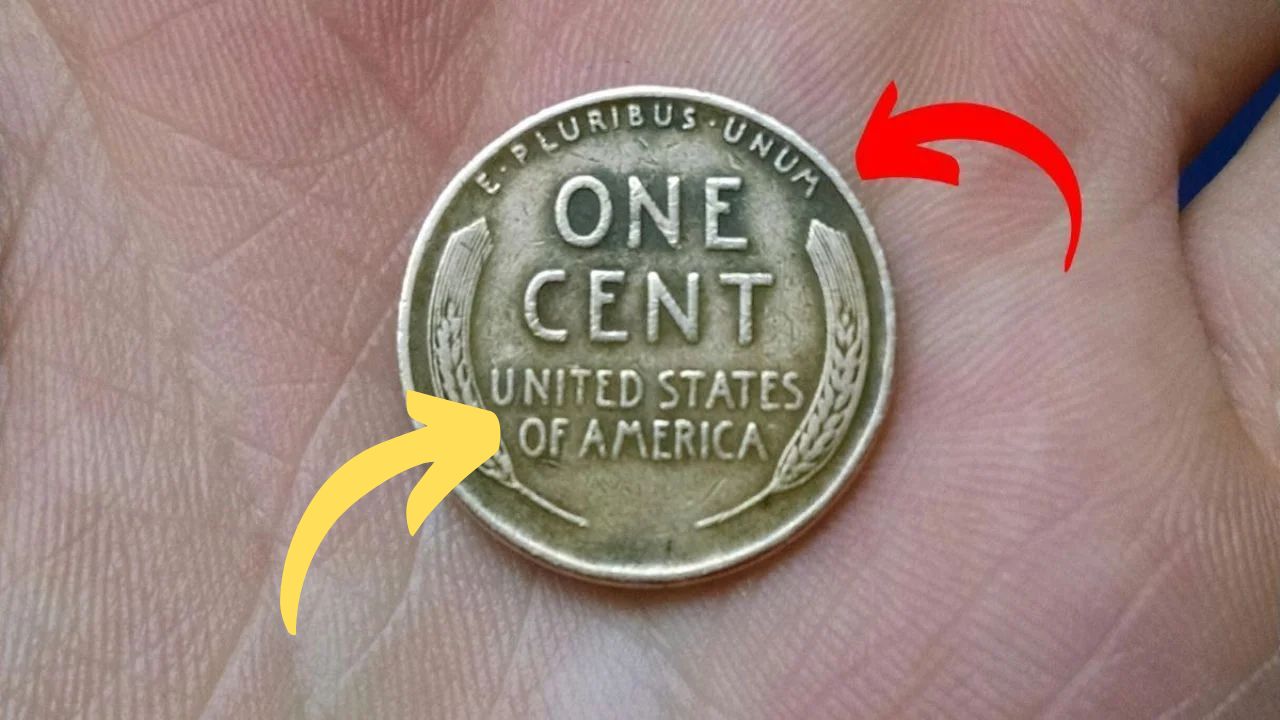Imagine finding a penny in your change that’s actually worth over half a million dollars. It sounds unbelievable, but for a lucky few collectors, this is reality. The Lincoln Wheat Penny, one of the most iconic coins in American history, holds stories of artistry, history, and rare minting errors that have made some versions extremely valuable.
A Coin That Changed American Currency Forever
In 1909, the Lincoln Wheat Penny became the first U.S. coin to feature a real person—President Abraham Lincoln. This was a major shift from the symbolic designs that had previously adorned American coins. Created by artist Victor David Brenner to honor Lincoln’s 100th birthday, the coin’s front displays a detailed portrait of Lincoln, while the back features two wheat stalks symbolizing American agriculture’s strength. This design remained in circulation until 1958, becoming a familiar sight in millions of pockets.
World War II and the Rare Copper Penny Error
During World War II, copper was in high demand for war efforts, so the U.S. Mint switched to making pennies out of zinc-coated steel in 1943. However, some copper blanks from 1942 were accidentally left in the mint’s presses. The result? A handful of 1943 copper pennies that are incredibly rare and valuable today. These error coins can sell for hundreds of thousands of dollars, making them a true collector’s dream.
The Famous “V.D.B.” Initials That Sparked Controversy
When Brenner designed the penny, he added his initials “V.D.B.” on the coin’s reverse side. This detail sparked controversy, with critics saying the initials were too prominent. As a result, the Mint quickly removed them shortly after production began. But a small number of 1909 pennies with the “V.D.B.” initials—especially those minted in San Francisco, marked “1909-S VDB”—escaped into circulation. Today, these coins are among the most sought-after by collectors and can fetch prices up to $510,000 in pristine condition.
How to Identify a Valuable Lincoln Wheat Penny
Wondering if your penny could be worth a fortune? Here’s what to look for:
- Year: Key dates like 1909-S VDB, 1914-D, and the rare 1943 copper pennies are especially valuable.
- Mint Mark: Check for a small letter under the date: “S” for San Francisco, “D” for Denver, or no mark for Philadelphia.
- Material Test: Use a magnet to test a 1943 penny. If it doesn’t stick, it might be one of the rare copper versions.
- Condition: Coins in uncirculated or near-perfect condition command the highest prices.
What to Do If You Find a Rare Penny
If you suspect your penny is rare or valuable, resist the urge to clean it. Cleaning can reduce or even destroy a coin’s value. Instead, carefully store it in a protective case and consult a certified coin appraiser or grading service. Professional authentication will confirm if you truly have a rare gem in your hands.
Why Lincoln Wheat Pennies Continue to Fascinate Collectors
The allure of the Lincoln Wheat Penny goes beyond its monetary value. It connects us to America’s past—from the artistry of early 20th-century coin design to the quirks of minting during wartime. For collectors, historians, and treasure seekers, these pennies represent a captivating blend of history, rarity, and potential fortune.
Next time you handle a penny, take a moment to inspect it closely. You might just be holding a piece of history worth thousands—if not hundreds of thousands—of dollars.
